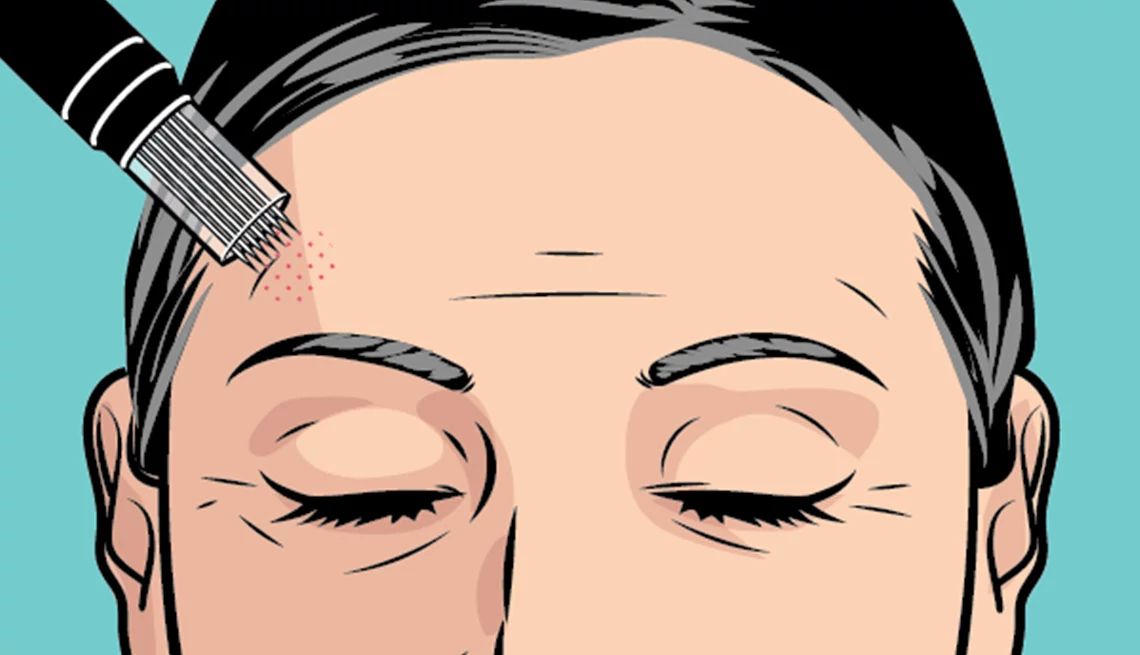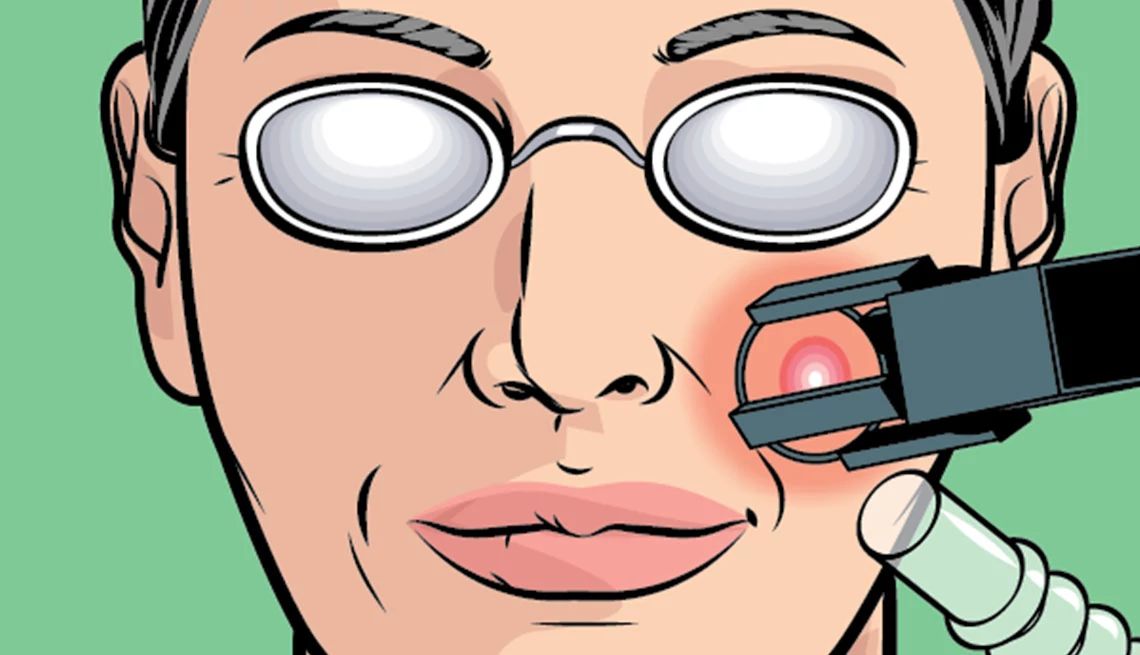AARP Hearing Center


If moisturizers and serums aren’t doing enough to give you the complexion you want, you might be considering a medical treatment. But which ones really work, and how much do they cost? We asked noted New York City dermatologic surgeon Dendy E. Engelman to run down the options, though only your doctor can tell you whether one of them would work for you.
Dermal filler
What it is: Injections used to plump the skin, reduce fine lines and wrinkles, or subtly alter facial structure. Hyaluronic acid is a commonly used compound.
How long it lasts: Six months to two years
Pros: Generally safe and low-risk
Cons: Temporary bruising and swelling. May cause facial imbalance and lumps under skin if it’s done improperly.
Average cost: $1,000–$1,400 (depending on number of syringes needed)
Microdermabrasion
What it is: Gentle exfoliation to remove dead skin cells, refine texture and even skin tone
How long it lasts: About one month
Pros: Noninvasive, generally safe and relatively quick
Cons: Can take a few treatments to see optimal results. There’s also a risk of damaging the skin barrier.
Average cost: $75–$300 per session


Microneedling
What it is: A tool that pierces the skin with ultrafine needles to stimulate collagen production
How long it lasts: Four to six weeks
Pros: Minimally invasive. Strengthens skin barrier and minimizes scars and wrinkles.
Cons: Pain, sensitivity, redness, patchiness and bruising may occur.
Average cost: $100–$700 per session
Dermaplaning
What it is: A scalpel or an instrument similar to an electric shaver that scrapes the skin to remove dead cells, sun-damaged skin and “peach fuzz”
How long it lasts: Three to four weeks
Pros: Noninvasive. Brighter and smoother skin can be seen immediately.
Cons: May take a few sessions to see reduction in dark spots and other signs of aging
Average cost: $100–$200


Laser resurfacing
What it is: A controlled laser injury that smooths and plumps the skin by triggering the body’s natural healing process
How long it lasts: Three to five years

































































You Might Also Like
My Favorite Fall 2024 Footwear Styles for Women Over 50
Get a seasonal upgrade with boots, booties, kitten heels and loafers that are comfy and fashionableDo We Really Need Whole-Body Deodorant?
We applied these new sticks, sprays and creams from neck to toe to see if they passed the sniff testThe Best Makeup for Women Over 50 in 2024
Essential products and techniques you’ll use dailyRecommended for You